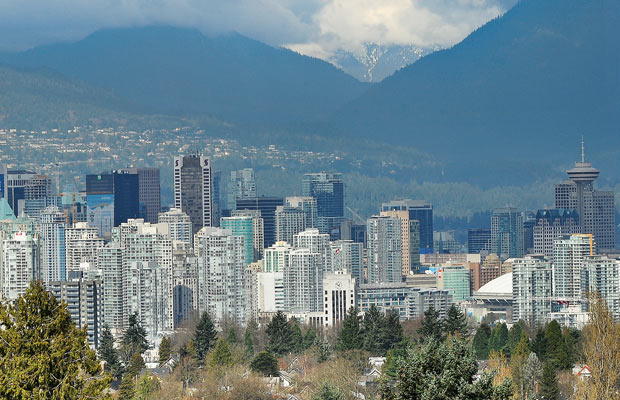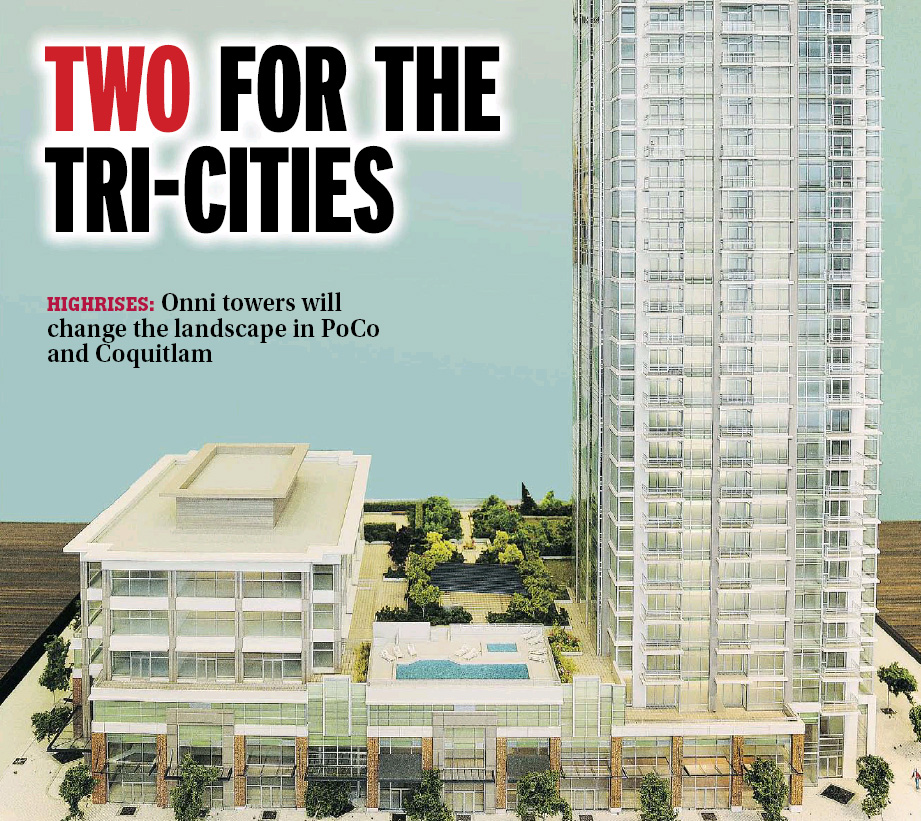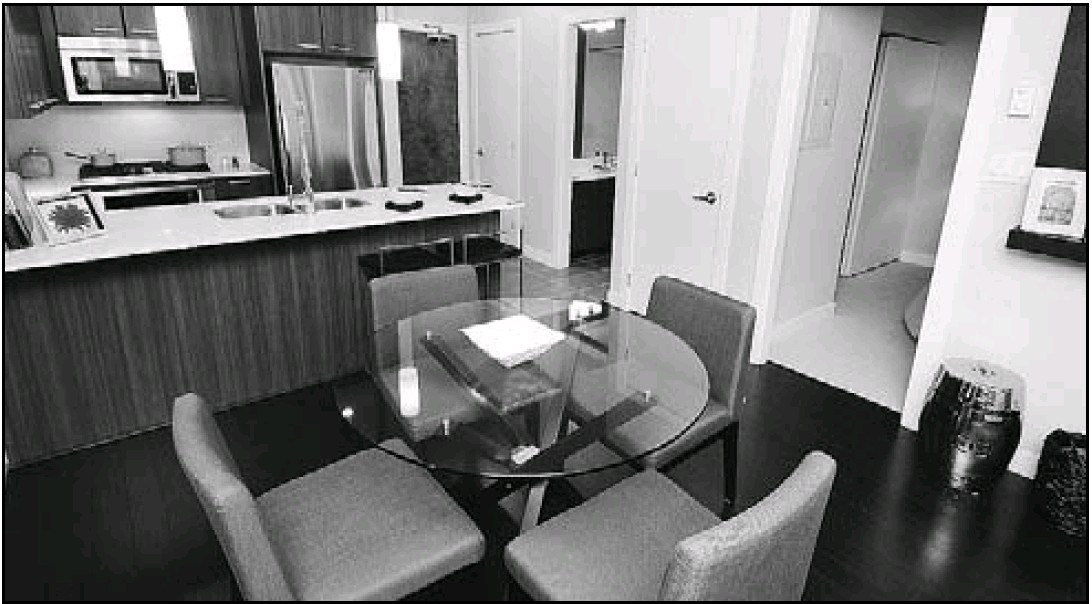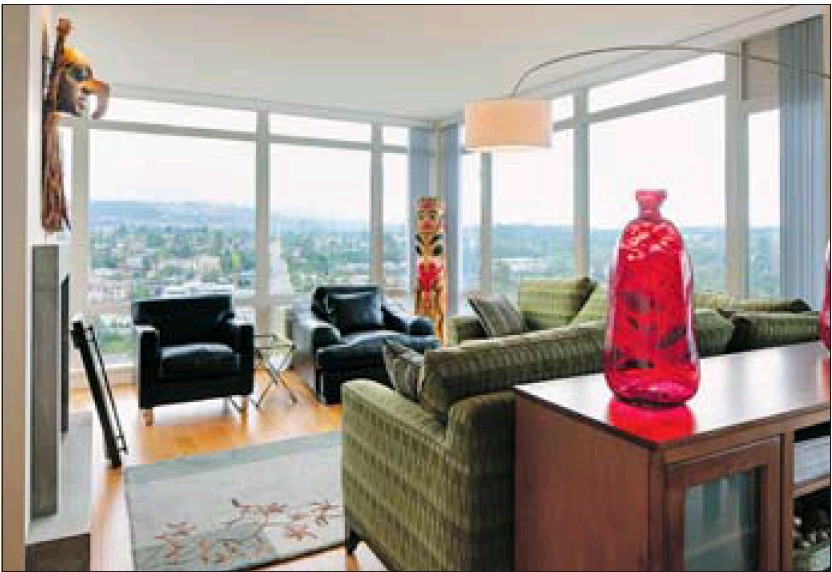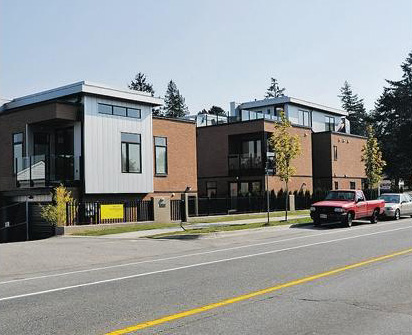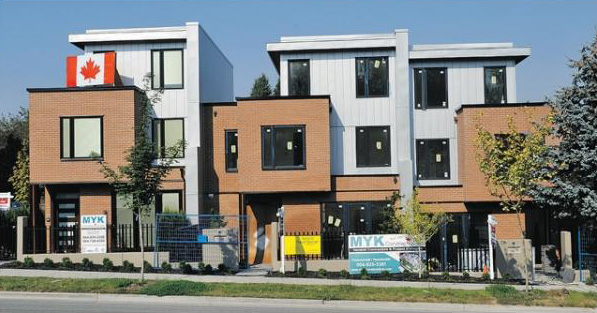As parties contemplate an election, federal responsibility for the controversial tax could hurt the Conservatives in British Columbia
Barbara Yaffe
Sun

B.C.’s populist fight against the harmonized sales tax took an unexpected twist last week, one that could pose a challenge for the Harper Conservatives. Photograph by: Chris Wattie, Reuters
B.C.’s populist fight against the harmonized sales tax took an unexpected twist last week, one that could pose a challenge for the Harper Conservatives.
As the Gordon Campbell government has gone about implementing the widely reviled new sales tax, its cabinet ministers and MLAs have done the heavy lifting in terms of selling it, however ineptly, to the public.
And so, blame overwhelmingly has been directed at the provincial Liberals, with the Conservative government in Ottawa bobbing and weaving to keep well out of the way.
The feds in fact have been successful in that endeavour, with Prime Minister Stephen Harper making virtually no public comment on the tax or the vigorous fight against it in B. C, and Finance Minister Jim Flaherty also keeping a safe distance.
But last week’s legal case in defence of the HST, launched by six business groups, brought public attention to the fact that the HST is wholly and completely a federal tax, mandated by federal legislation passed by Parliament.
Most British Columbians are aware that the HST amalgamates the provincial sales tax and federal goods and services tax, but until the court case few voters would have considered the particularities of its legislative genesis and jurisdiction.
The court case advertised the notion that the B.C. government’s role regarding the HST was limited to forging a tax pact with Ottawa, known as a Comprehensive Integrated Tax Coordination Agreement.
This agreement, approved through a B.C. cabinet order, established a process for the tax’s implementation and collection, and contained provisions for Ottawa to cover associated costs.
With this information now squarely in the public realm, it’s more likely the Harper government will be brought into the HST controversy.
Not a good thing as federal political parties contemplate an election that could come any time once Parliament is back in session on September 20.
None of this is lost on lead anti-HST crusader Bill Vander Zalm who until last week was exclusively directing his venom at the province — threatening recall campaigns against Liberal MLAs.
But after the court case, Vander Zalm added another name to his enemies list: “We need to make the prime minister aware and ask him if there’s anything he can or will do.”
The former Socred premier is warning: “If the courts decide … it’s federal as opposed to provincial, then obviously the people will take it out on the feds, there’s no question about that.
“We’ll use [the issue] for all it’s worth.”
(The court in fact acknowledged in its judgment last Friday the tax is federal and that B.C.’s involvement was through the tax agreement.)
The situation is ripe for the anti-HST forces to exploit because, as Vander Zalm notes, federally, “the opposition here is mostly NDP fighting Conservatives in the next election.”
New Democrats won nine British Columbia seats in the 2008 federal election, in second spot after the Conservatives, who took 22 seats. Liberals won just five seats, and there’s little scope for Grits to benefit from this controversy because they’ve stood with Conservatives on the HST.
But New Democrats, both provincially and federally, find themselves on the protesters’ side, leaving Jack Layton’s party to potentially benefit.
For months, the NDP leader has been insisting that Harper should wear the HST.
“He has been quite skilled in coating himself in Teflon.”
B.C. will be an important province for the federal parties in the next election, and especially for Conservatives. After Ontario and Alberta, the party elects most MPs from the western-most province.
Ontario, where the HST was also introduced on July 1 without much fuss or bother, must be looking like a far less complicated place to the Harper team right about now.
© Copyright (c) The Vancouver Sun

